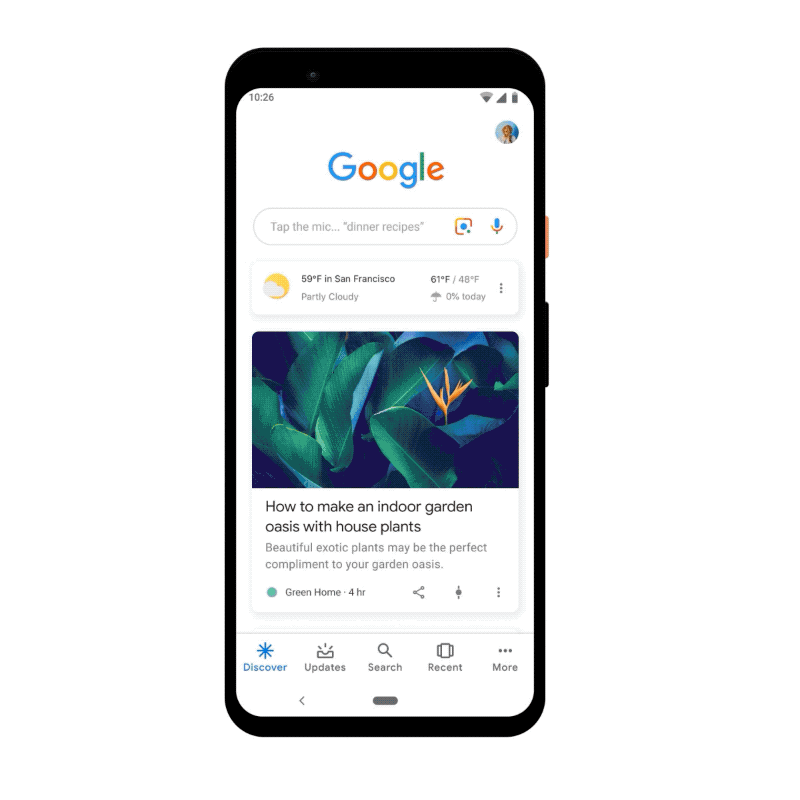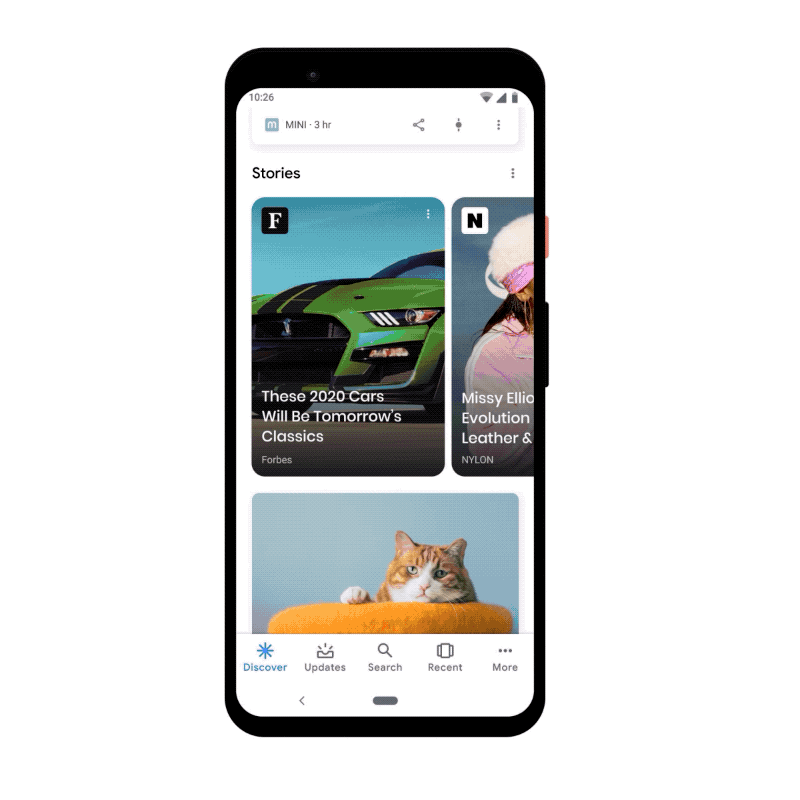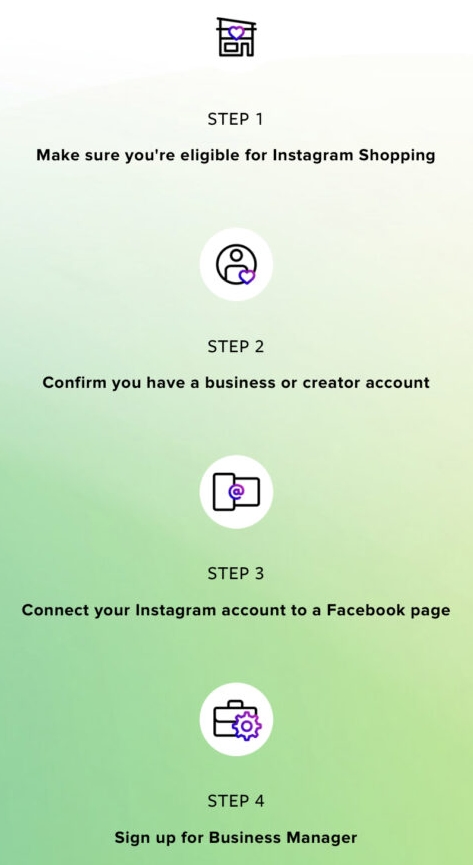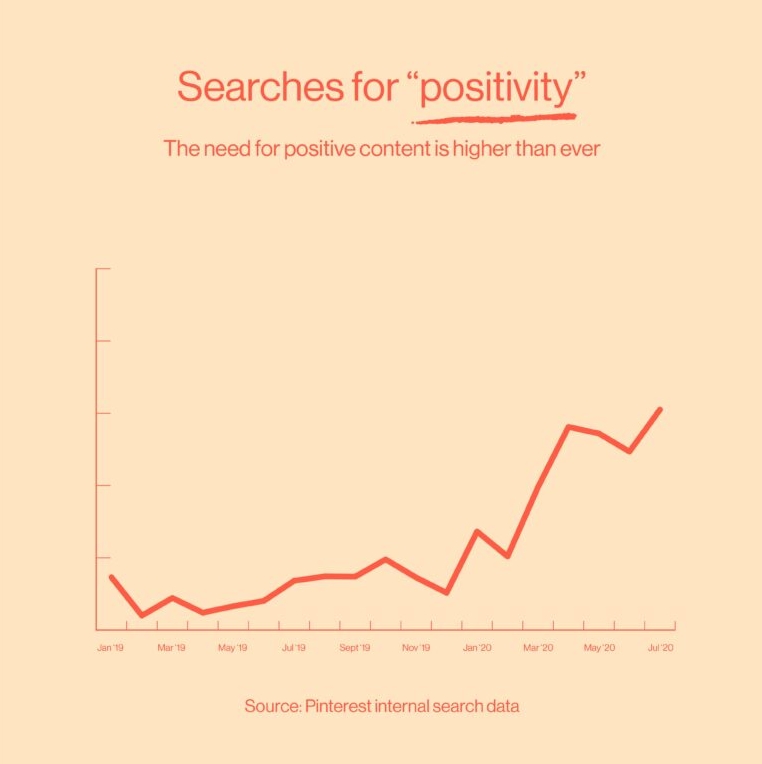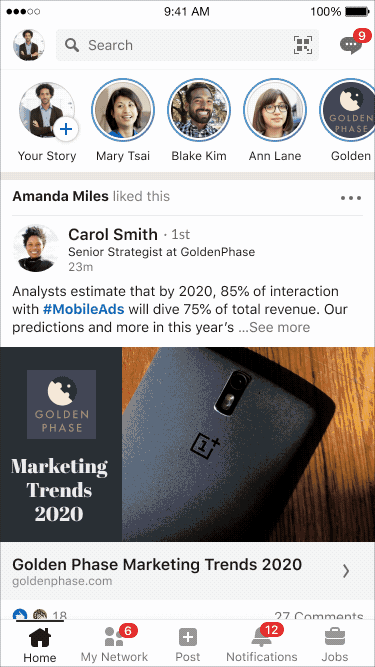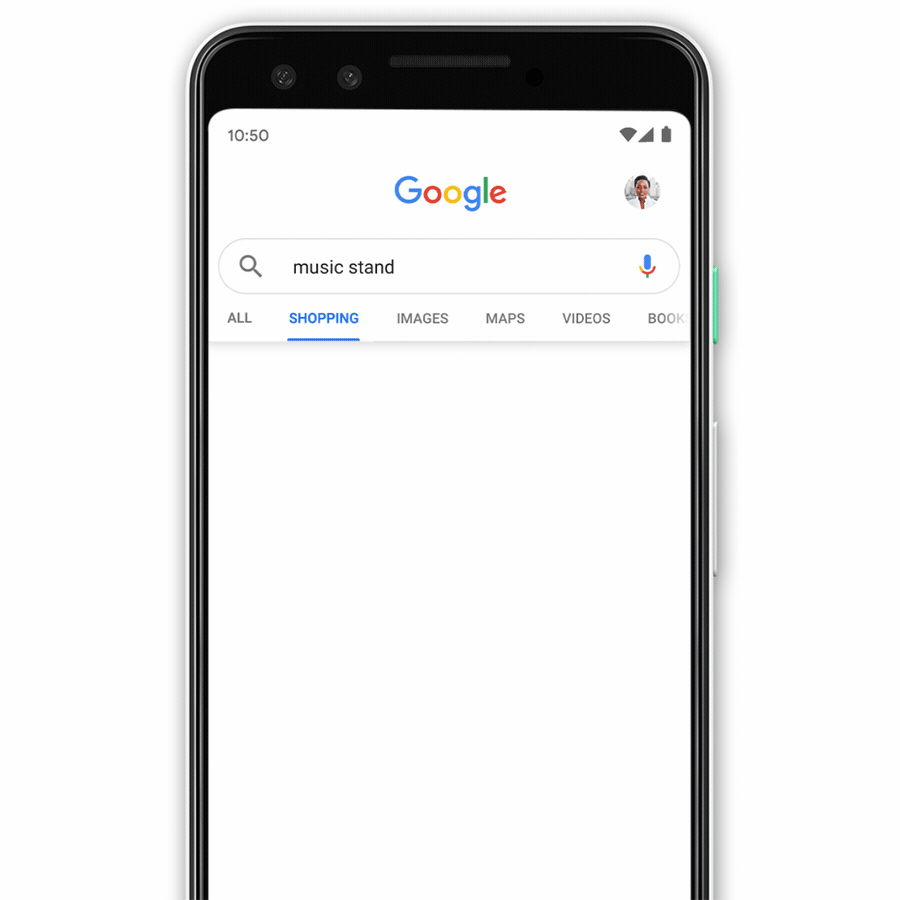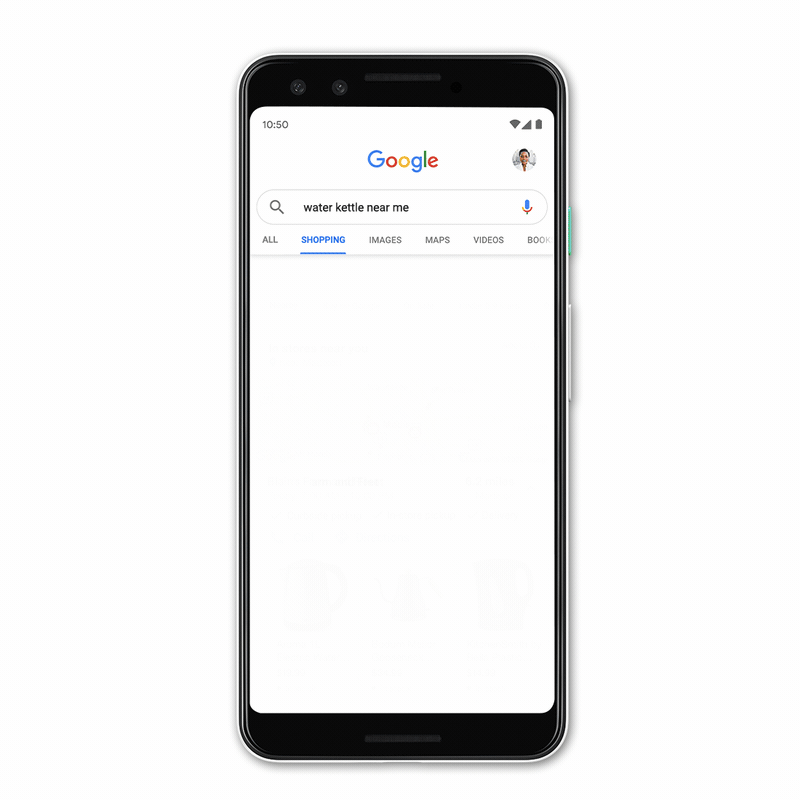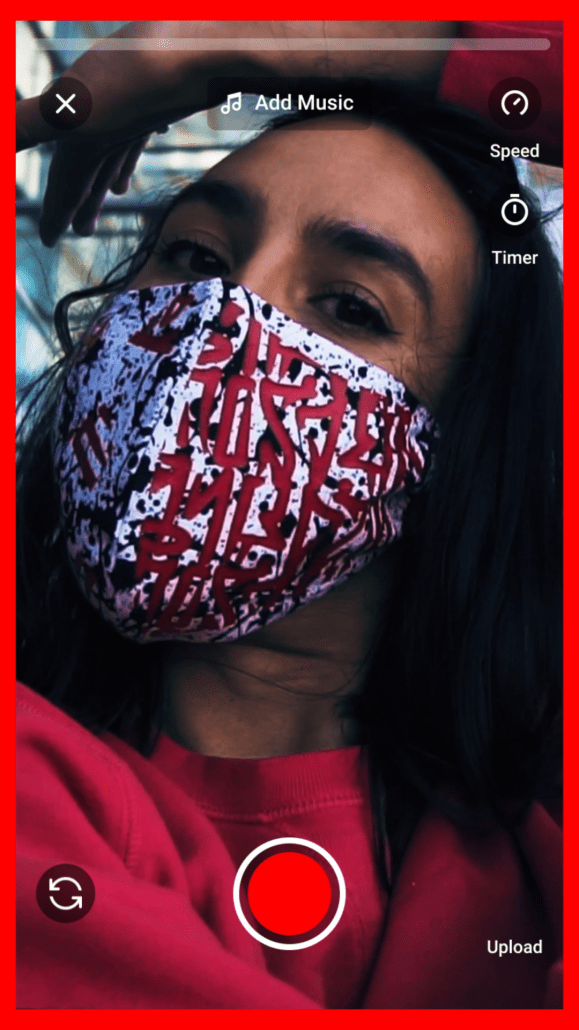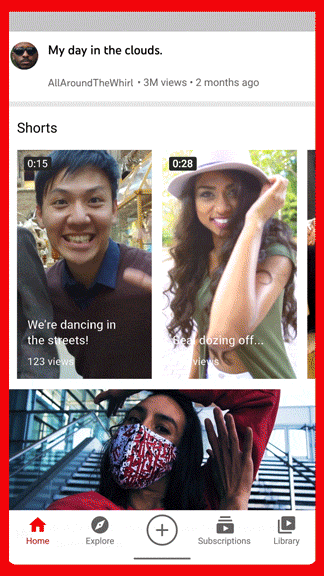The past six months have seen upheavals in just about every area of life, from schooling, to work, to our daily shopping habits. Now, a report from BrightEdge suggests these shifts are going to continue at unprecedented levels through the holiday shopping season.
The report, based on an evaluation of eCommerce clients across a wide range of industries predicts a historic online holiday shopping season for a massive range of interests – emphasizing the need to start preparing now.
What Changed
It’s no secret that the COVID-19 pandemic has forced many to do more online shopping this year. In-store shortages, quarantines, and general concern with public gatherings has made online shopping a go-to choice for both essentials and luxuries.
Interestingly, the analysis suggests that though shoppers are doing significantly more online shopping compared to 2019, the revenue per order remains relatively stable.
The report offers two theories for why this shift is occurring:
“Here are our hypotheses:
1. Shoppers shifted purchasing behaviors online during the first few weeks of the COVID-19 pandemic and are more keenly aware of their budgets – refraining from placing big-ticket purchases online, while stocking up on more essential goods or affordable luxuries.
2. Shoppers started buying more frequently online after COVID-19, supplanting offline purchases. This would include the buy-online, pickup-curbside behavior that may include cheaper items that were previously always purchased in-store.”
Black Friday Goes Virtual
Another major factor contributing to the predicted surge in online shopping during the 2020 holiday shopping season is the cancellation of many Black Friday events.
Not only does this mean consumers will be forced to look elsewhere for big deals, it is expected that many retailers will be pushing huge online sales for Black Friday to make up for lost revenue. It is also expected for Cyber Monday to gain an even higher profile this year.
What You Can Do
With all these factors in mind, BrightEdge has one recommendation for brands trying to regain their footing this holiday season – invest in search engine optimization.
As the report says:
“An impressive 60% of consumers have been shopping online more often since COVID-19, and of that group, 73% plan to continue after the pandemic. What digital marketers and SEOs have long known is finally coming to fruition: online shopping is convenient and easy. Now the trick is to make SEO important within your organization.”
Other Takeaways
In the conclusion of the report, BrightEdge offered a few key insights into the current behavior of online shopping and what they expect to see in the future:
- “The research suggests that shoppers browse more frequently, leading to more purchases and overall revenue, though these purchases are smaller in value.
This could be because shoppers are becoming more aware of their budgets – refraining from placing big-ticket purchases online while stocking up on more essential goods or affordable luxuries. - As we enter Q4 and the holiday shopping season, search is helping reveal radical changes in real-time.
- The traditional customer journey is being radically altered in many industry sectors of the economy. As a result, it has never been more important to truly understand how consumer behavior and use this understanding to drive engaging experiences.”
To view the full report, check out BrightEdge’s complete holiday shopping guide here.

